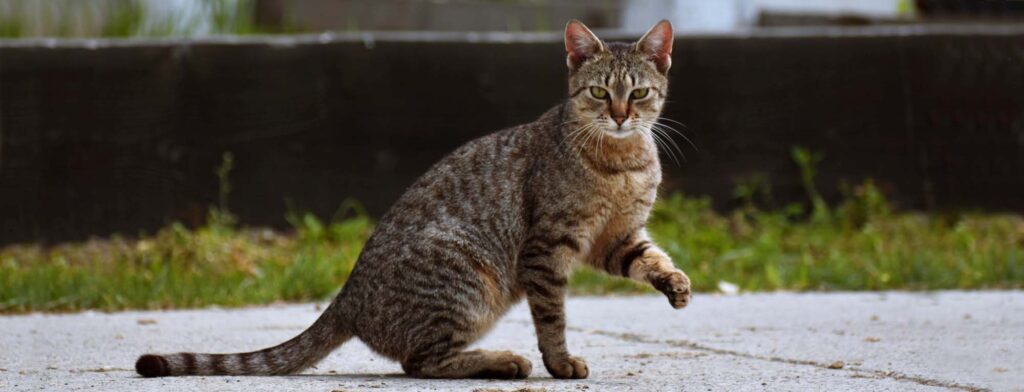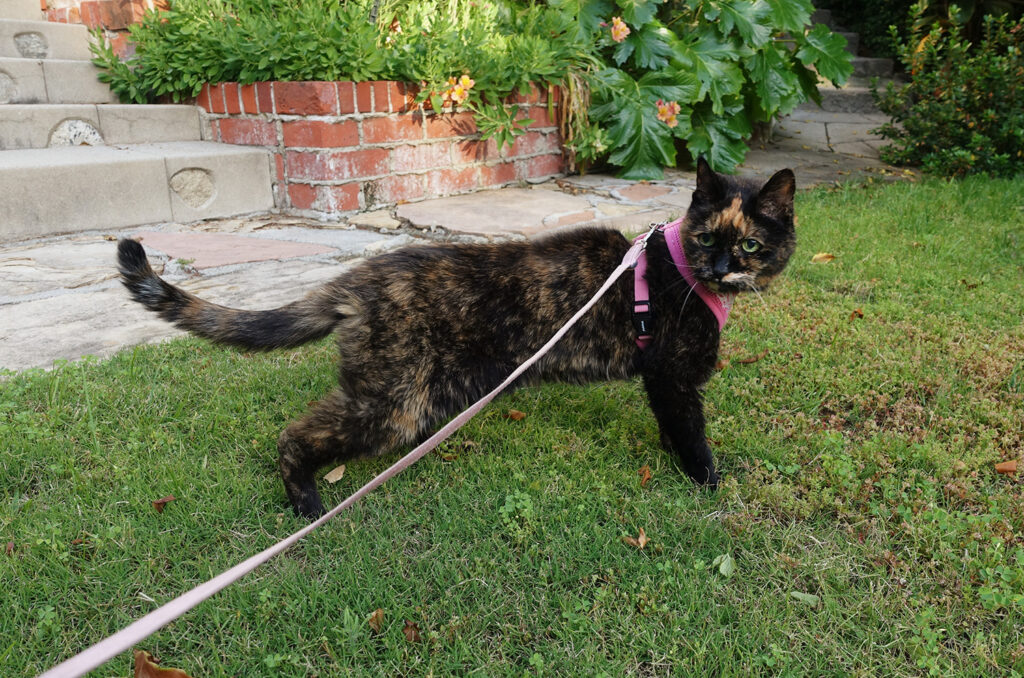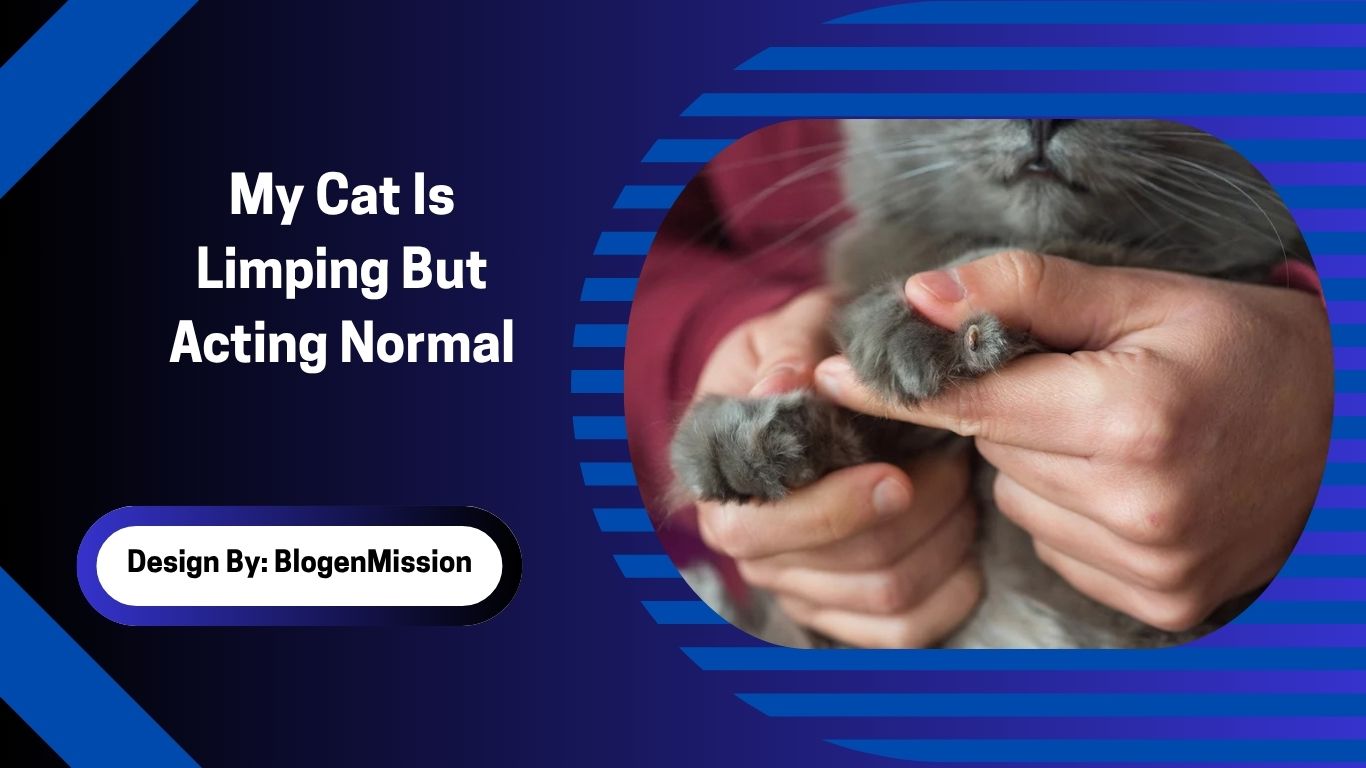A cat limping but acting normal may have a hidden injury or condition. Cats often hide pain well. Monitoring closely and consulting a vet if symptoms persist is essential for their health.
It’s unsettling to see your cat limping, even more so when they’re still playful, eating well, and showing no signs of distress. You might be wondering: “If my cat is limping but acting normal, should I be concerned?” The short answer is yes — a limp is always worth investigating.
In this article, we’ll cover everything you need to know, including possible causes, home care, when to visit the vet, and tips for preventing further injury.
Why Is My Cat Limping But Still Acting Normal?

Cats are excellent at masking pain — a survival instinct inherited from their wild ancestors. So, when your cat limps yet still jumps on furniture or eats normally, it doesn’t mean they’re pain-free. It simply means they’re tolerating it — for now.
Some common causes include:
1. Minor Soft Tissue Injuries
Sprains, strains, or bruising from jumping or slipping can cause mild limping. These often improve on their own with rest.
2. Claw Issues or Torn Nails
A torn claw or ingrown nail may cause limping even though the cat seems otherwise fine. Check the paw pad and between toes for any signs of swelling or blood.
3. Foreign Bodies
A splinter, thorn, or stuck piece of litter can irritate the paw. Gently inspect for debris, especially if your cat goes outside.
4. Bug Bites or Stings
Insect stings (like from bees or ants) can cause temporary limping, swelling, or sensitivity in one leg or paw.
5. Joint Problems
Conditions like arthritis or hip dysplasia might cause occasional limping, especially in older cats. Limping may come and go and worsen with cold weather.
Signs to Monitor When Your Cat Limps
Even if your cat seems fine otherwise, monitor these signs:
- Swelling or heat in a leg or joint
- Reluctance to walk or jump
- Repeated licking of the affected limb
- Hiding more than usual (a sign of pain)
- Change in gait or posture
- Growling or pulling away when touched
If any of these appear alongside the limp, schedule a vet visit.
What Can You Do at Home?
If your cat is limping but still eating, playing, and behaving normally, try these first-aid steps at home for 24–48 hours:
✅ Rest & Confinement
Limit movement by keeping your cat indoors in a quiet room with food, water, and litter nearby. No jumping, climbing, or rough play.
✅ Ice Packs (if tolerated)
For swelling, you can apply a wrapped cold compress (never directly on skin) for 5–10 minutes, 1–2 times a day.
✅ Paw Inspection
Carefully examine the paw and leg. Look for:
- Cuts or scrapes
- Broken nails
- Thorns or splinters
- Swelling or heat
- Signs of infection (pus, bad odor)
Never give human medications like ibuprofen or aspirin — these are toxic to cats.
When Should You Take Your Limping Cat to the Vet?
If limping lasts more than 48 hours, or you notice any of the following, seek veterinary help:
- Limping worsens or becomes non-weight-bearing
- Cat cries, hisses, or resists touch
- Obvious swelling, bruising, or a dangling limb
- Bleeding or open wounds
- Limping accompanied by lethargy or loss of appetite
- Signs of fever (warm ears, lethargy, fast breathing)
Common Veterinary Diagnoses for Limping Cats
Your vet may recommend an examination, X-rays, or bloodwork depending on your cat’s age, history, and symptoms. Here are common diagnoses:
1. Soft Tissue Injury (Sprain or Strain)
Most common in young, active cats. Treated with rest and possibly anti-inflammatory medication.
2. Fractures
A break may not always look dramatic. Some hairline fractures allow cats to walk or jump with a limp.
3. Arthritis
Chronic joint inflammation, more common in older cats. Limping may be intermittent. Treated with joint supplements, weight control, and pain meds.
4. Infection or Abscess
A bite wound (often from cat fights) can lead to infection that causes limping, swelling, and pain. Needs antibiotics or drainage.
5. Nerve Damage
Injuries to the spine or limbs can result in partial paralysis or nerve issues. This is less common but serious.
Should You Let Your Cat Walk It Off?

No — even if your cat is behaving normally, limping is a sign of discomfort or injury. Letting them “walk it off” might worsen the condition. Cats are good at hiding pain, so their ability to walk doesn’t mean they’re okay.
Home Remedies & What to Avoid
What You Can Try:
- Gentle rest and observation
- Paw soaks in diluted antiseptic (e.g., Betadine) for minor wounds
- Cat-safe anti-inflammatories (only under vet guidance)
What to Avoid:
- Giving human meds like Tylenol or Ibuprofen
- Wrapping limbs without guidance (can cut off circulation)
- Allowing unsupervised outdoor activity while limping
- Waiting more than 48 hours if limping persists
How to Prevent Future Limping Episodes
Cats are agile, but they’re not invincible. Here’s how to help prevent future issues:
- Keep nails trimmed
- Use soft landings on furniture (cat ramps, steps)
- Prevent rough play with other pets
- Provide arthritis-friendly environments for seniors (warm beds, low-sided litter boxes)
- Keep indoor cats safe from sharp objects or slippery floors
- Ensure your outdoor cat is up to date on vaccinations to avoid fight-related injuries
FAQs:
1. Can a cat limp without being in pain?
Yes, cats may limp while still masking pain. Their natural instinct is to hide weakness, so limping—even when they appear normal—often indicates underlying discomfort or injury needing attention.
2. Should I let my cat walk if it’s limping?
No. Restrict movement to prevent worsening the injury. Letting a limping cat walk freely may aggravate strains, sprains, or hidden fractures. Provide rest and observe for changes in mobility or behavior.
3. When should I take my limping cat to the vet?
If limping lasts over 48 hours, worsens, or is accompanied by swelling, pain, or behavior changes, consult a veterinarian promptly. Early diagnosis helps avoid complications and ensures proper treatment.
4. Can indoor cats develop limping problems?
Yes, indoor cats can injure themselves by jumping, landing awkwardly, or getting a claw stuck. Limping is not limited to outdoor risks; it can happen indoors due to everyday accidents.
5. What if my cat limps intermittently but seems fine?
Intermittent limping may indicate chronic issues like arthritis or minor recurring strains. It’s best to monitor frequency and duration, then consult a vet if the limp returns often or worsens.
Conclusion:
Even if your cat seems to act normally, limping should never be ignored. Cats instinctively hide pain, which means even a minor limp can mask a more serious issue like joint disease, infection, or injury. Early intervention, rest, and veterinary care can prevent complications and keep your feline friend healthy and pain-free. Always observe closely, and when in doubt, seek professional advice. Proactive care helps your cat stay active, comfortable, and well-loved in every stage of life.
Related Post:
- Why Is My Cat Not Drinking Water – Causes, Risks & Solutions!
- How To Get Ants Out Of Cat Food – Safe, Smart Solutions for Pet Owners!
- How Much To Cremate A Cat – Costs and Services!
